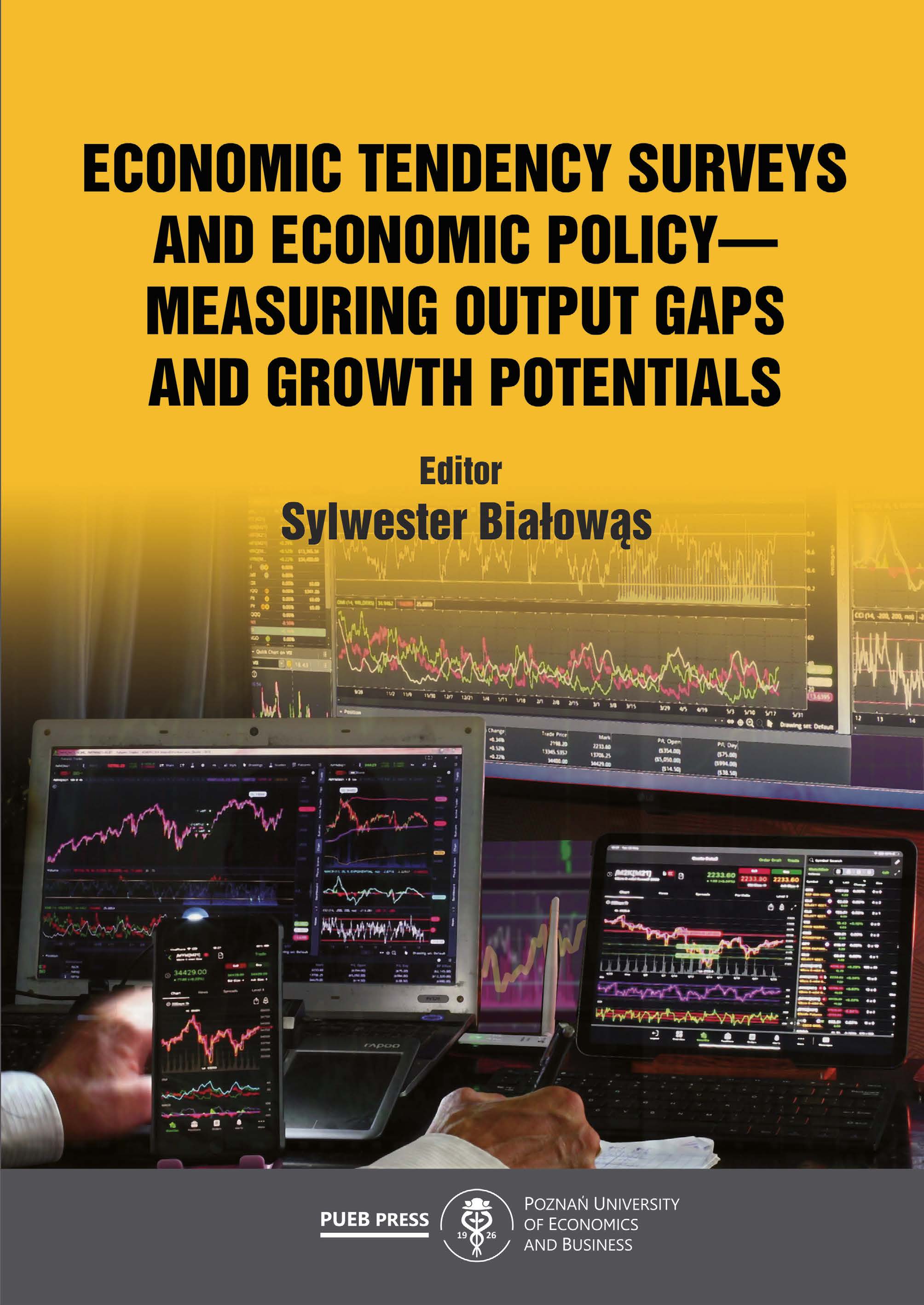Financial behaviour of households in European Union countries—similarities and differences in the 2004–2016 period
Financial behaviour of households in European Union countries—similarities and differences in the 2004–2016 period
Author(s): Sylwester Białowąs, Robert Skikiewicz
Subject(s): Economy, Micro-Economics, Economic policy, Economic development, EU-Approach / EU-Accession / EU-Development, Socio-Economic Research
Published by: Wydawnictwo Uniwersytetu Ekonomicznego w Poznaniu
Keywords: financial behaviour of households;economic sentiment;
Summary/Abstract: Household financial behaviour reflects preferences concerning inter-temporal choice and strongly influences the whole economy. Allocating consumption, in time, households balance their exposure to liquidity risk and modify their ability to withstand financial shocks. Consumer sentiment is the main factor summing up all the preferences that shape the decision-making processes of households. The financial services sector has been internationalised over the past few decades, gradually leading to unification of the supply and further, to the unification of the financial behaviours of households. However, even within the EU, important differences in financial behaviour can be anticipated between consumers living in various countries. The aim of the paper is to estimate the relationship between economic sentiment and the shaping of household saving rate and household debt-to-income ratio. The ESI (EconomicSentiment Indicator) was used as a measure of cyclical fluctuations in the economy. Another aim of the paper is to find similarities and differences of financial behaviour in the case of households in European Union countries. We find that country segments are highly interpretable. Our conclusions feature implications, both academic and managerial, and directions for future research. The data used in analysis stem from Eurostat and the European Commission. The analyses cover only 19 of the European Union countries due to the limited availability of data for some countries. Analyses include the 2004–2020 period. We used the following statistical methods for analysis: correlation analysis, Ward methodand ANOVA.
Book: Economic tendency surveys and economic policy - measuring output gaps and growth potentials
- Page Range: 113-125
- Page Count: 13
- Publication Year: 2022
- Language: English
- Content File-PDF

